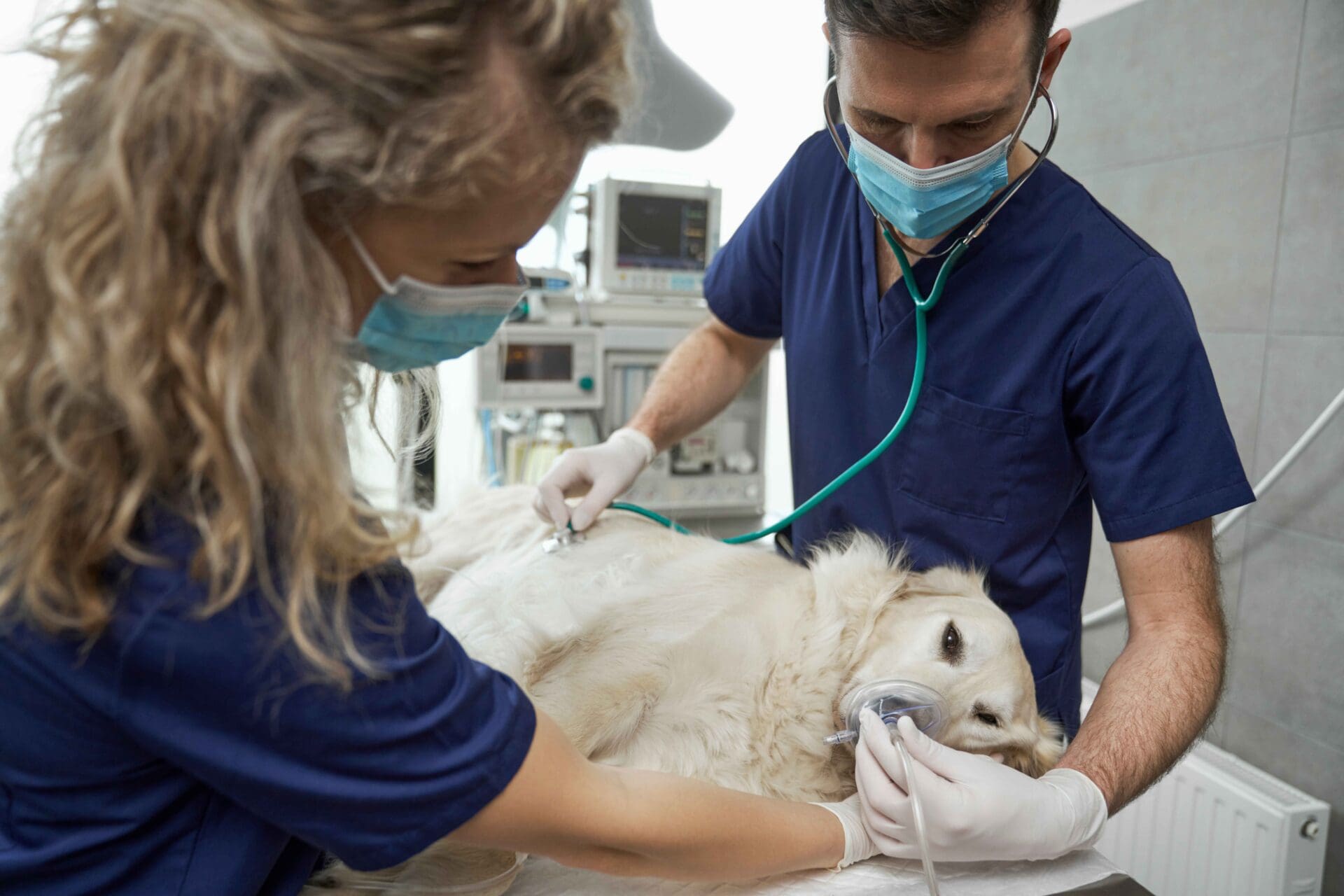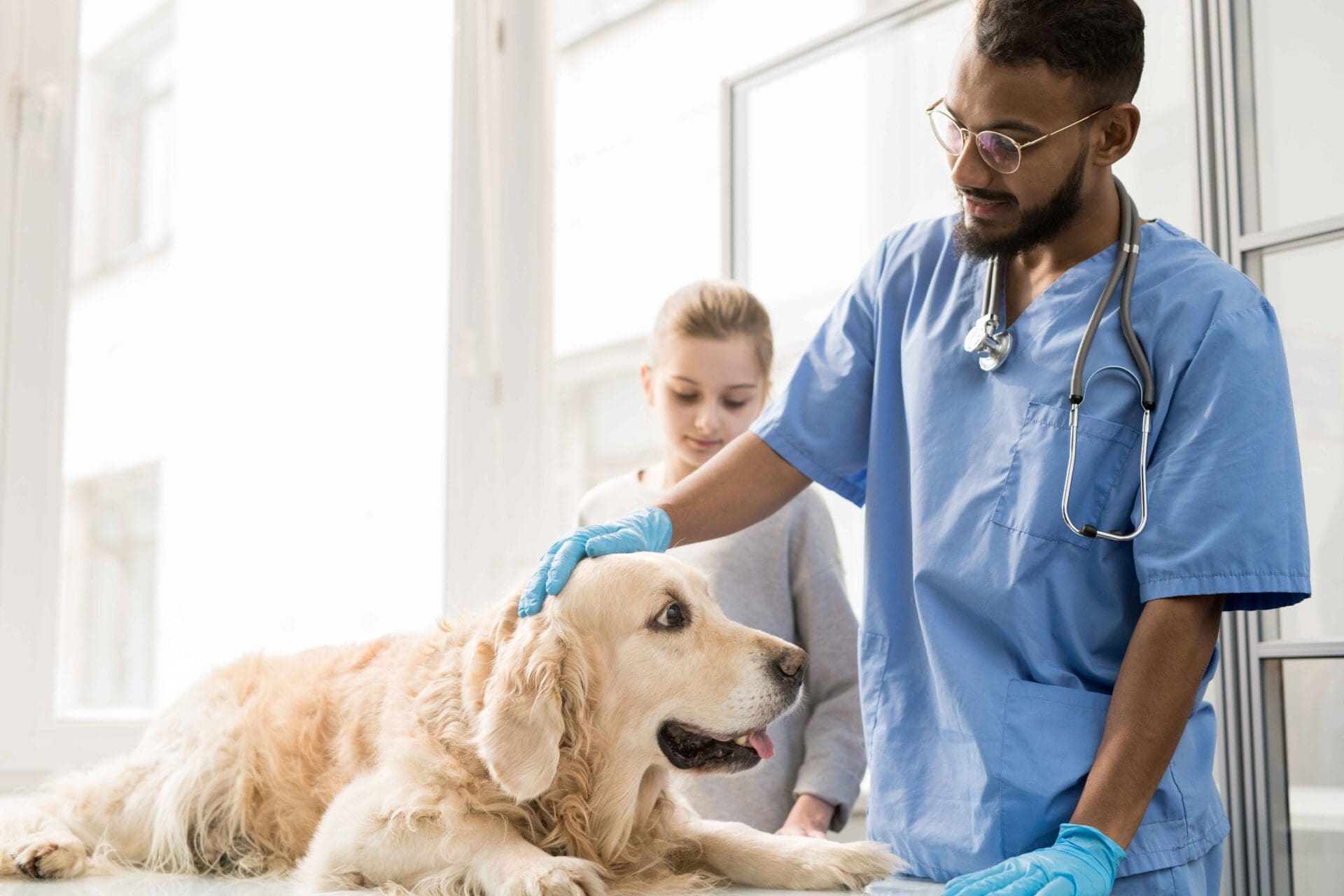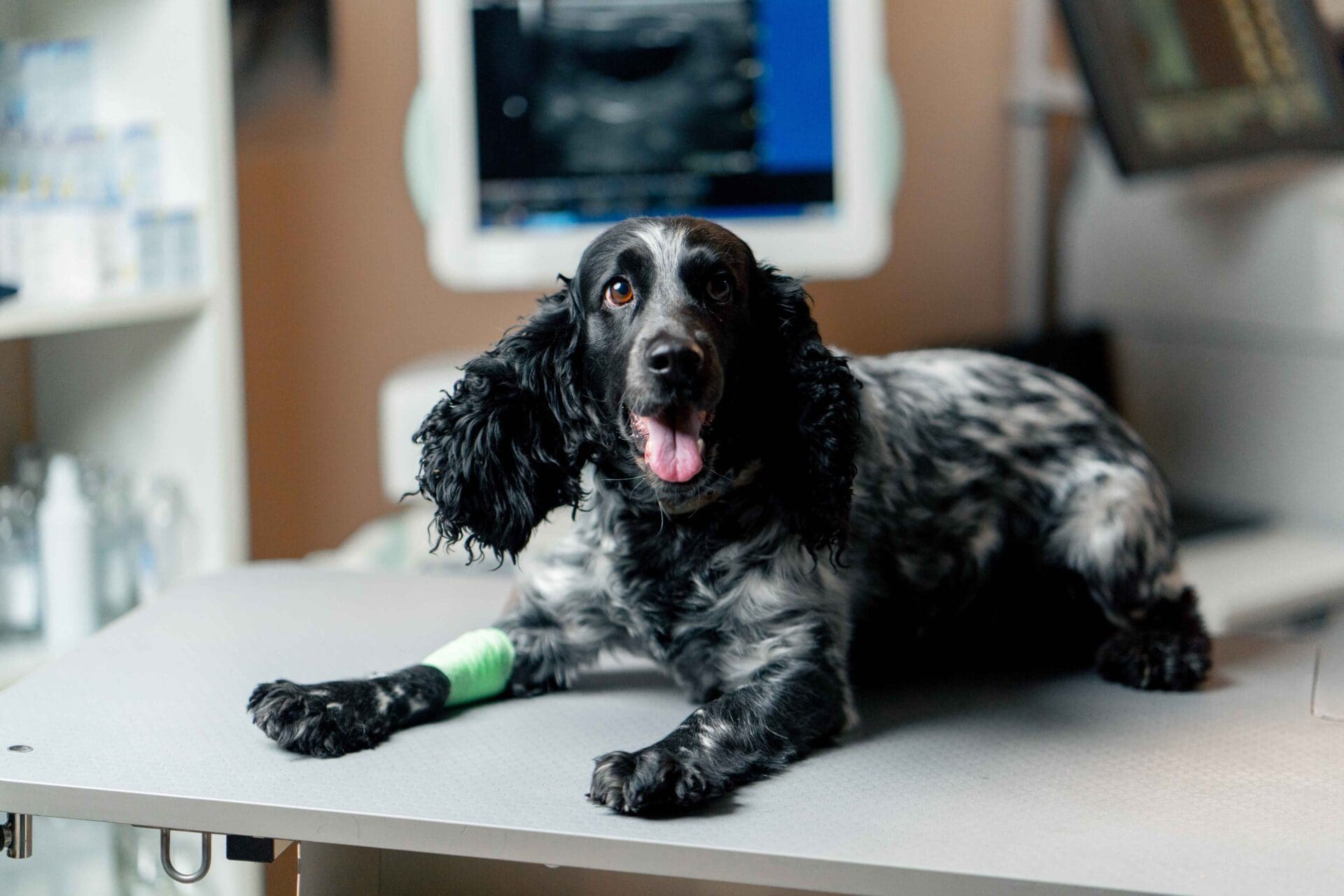When it comes to responsible pet ownership, one of the most impactful decisions you can make is to have your dog spayed or neutered. These procedures do more than just prevent unwanted litters—they also contribute to your dog’s overall health and well-being. At Spall and Harvey Animal Hospital, we’re here to provide you with a comprehensive guide to spaying and neutering so you can feel confident in making this important choice for your furry friend.
Understanding Spay and Neuter Surgery
The definition of spay and neuter surgery refers to procedures that remove a dog’s reproductive organs. Spaying is the surgical removal of the ovaries and often the uterus in female dogs, while neutering involves removing the testicles in male dogs. These surgeries are performed under anesthesia by a licensed veterinarian.
In addition to preventing unwanted pregnancies, spay and neuter surgery can reduce certain health risks and eliminate hormonally driven behaviors, making it a proactive choice for both your dog’s well-being and the community at large.
Spaying vs. Neutering: What’s the Difference?

While both spaying and neutering are types of spay and neuter surgery, they address different needs:
- Spaying a dog benefits females by preventing ovarian and uterine cancers, infections like pyometra, and inconvenient heat cycles.
- Neutering a dog helps males avoid testicular cancer, prostate issues, and unwanted behaviors such as roaming and marking.
By understanding the definition of spay and neuter, you can better appreciate how these surgeries contribute to the health and behavior of both male and female dogs.
When Is the Best Time for Spay and Neuter Surgery?
Timing is key when deciding when to have your dog spayed or neutered. Most dogs can undergo the procedure around six months of age, though larger breeds may benefit from waiting slightly longer to ensure proper development.
Your veterinarian will evaluate your dog’s size, breed, and overall health to recommend the ideal time for their spay and neuter surgery. Early planning ensures your pet reaps the full benefits of the procedure while avoiding complications.
How Much Does Spay and Neuter Surgery Cost?

The cost of spaying and neutering can vary depending on factors like your dog’s age, size, and specific needs. While it’s difficult to provide a precise figure, it’s important to remember that this procedure is an investment in your dog’s long-term health and happiness.
At Spall and Harvey Animal Hospital, we’re committed to providing accessible care tailored to your pet. Contact us to learn more about the costs and options available for your dog’s spay and neuter surgery.
How Will Surgery Impact My Dog’s Behavior?
It’s natural to wonder whether your dog will act differently after being spayed or neutered. While their core personality remains unchanged, some noticeable and positive behavioral changes are likely:
- Spayed dogs may become less anxious and no longer experience heat cycles.
- Neutered dogs often show reduced aggression, marking, and roaming tendencies.
These changes are generally beneficial and can improve your dog’s quality of life. Rest assured, your dog will still be the same playful, loving companion you know and adore.
What Is Recovery Like for Spayed or Neutered Dogs?

Post-surgery recovery is typically straightforward, but it’s important to follow your veterinarian’s instructions to ensure a smooth healing process. Here’s what you can expect when it comes to dog spay healing and dog neuter recovery:
What to Expect After Surgery
- Your dog may feel tired or groggy from the anesthesia for the first 24-48 hours.
- Some mild swelling or redness at the incision site is normal.
- Activity should be restricted to prevent complications, such as reopening the incision.
Tips for a Smooth Recovery
- Minimize Movement: Limit running, jumping, and rough play for at least 7-10 days.
- Protect the Incision: Use an e-collar (cone) to prevent licking or biting at the surgical site.
- Monitor for Signs of Infection: Watch for excessive swelling, discharge, or changes in your dog’s behavior.
- Follow Up with Your Vet: Attend any scheduled post-surgery check-ups to ensure proper healing.
By following these steps, your spayed dog or neutered dog can recover quickly and get back to their normal routine in no time.
Why Choose Spay and Neuter Surgery?
The benefits of spaying and neutering extend far beyond preventing unwanted litters. From reducing health risks like cancer and infections to improving behavior and preventing overpopulation, spay and neuter surgery is one of the best choices you can make for your dog. At Spall and Harvey Animal Hospital, we take pride in providing compassionate, expert care to every pet we treat. If you’re considering spaying or neutering your dog, we’re here to guide you through every step of the process with personalized advice and support.
Deciding to have your dog undergo spay and neuter surgery is an important step toward ensuring their long-term health and happiness. Whether you’re curious about the definition of spay and neuter, exploring recovery tips, or considering when to schedule the procedure, the experienced team at Spall and Harvey Animal Hospital is ready to assist you.
